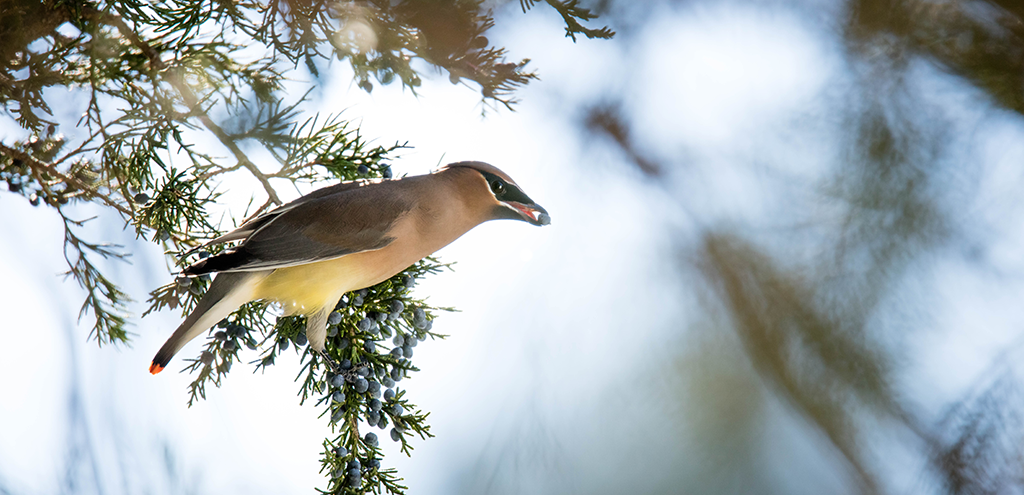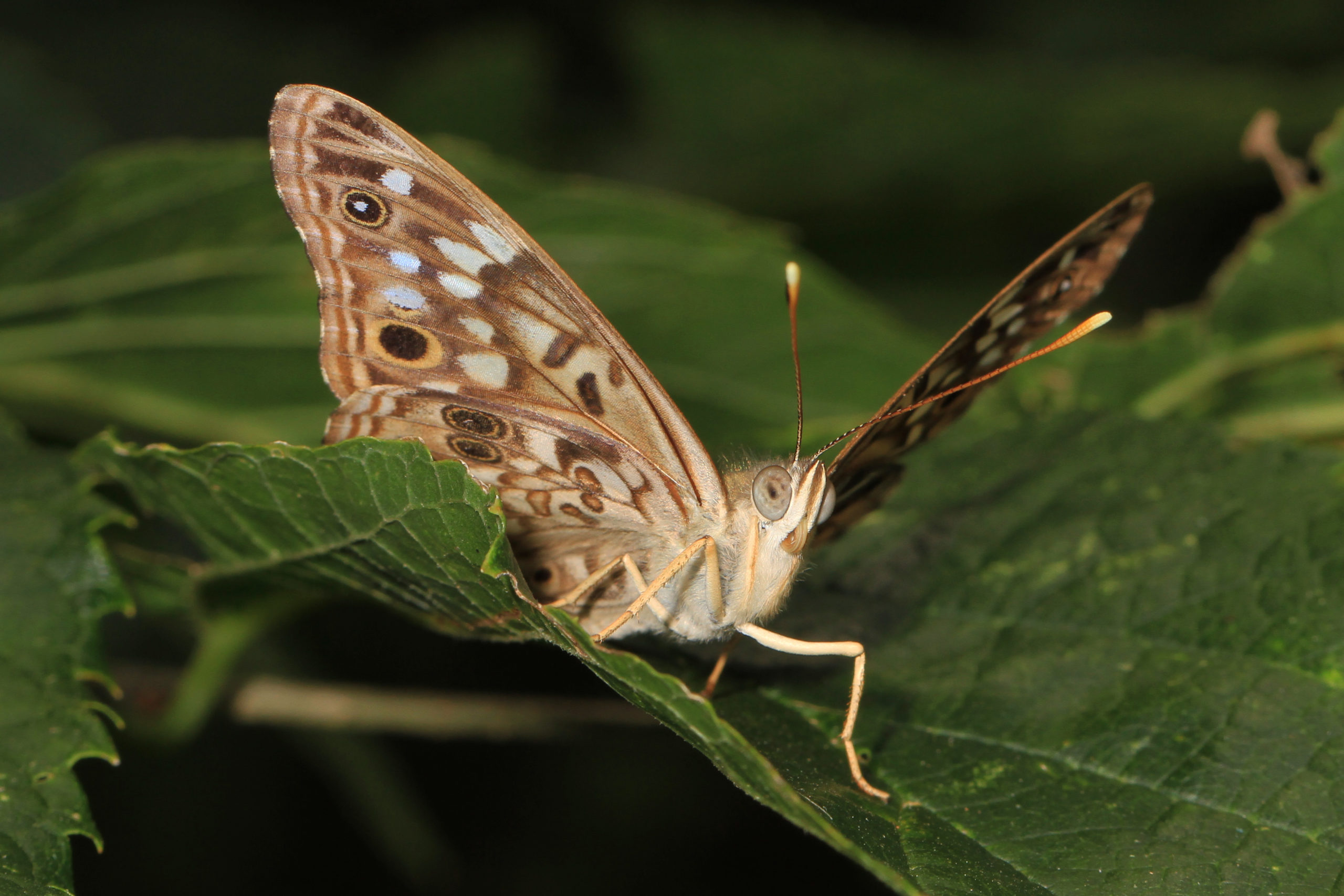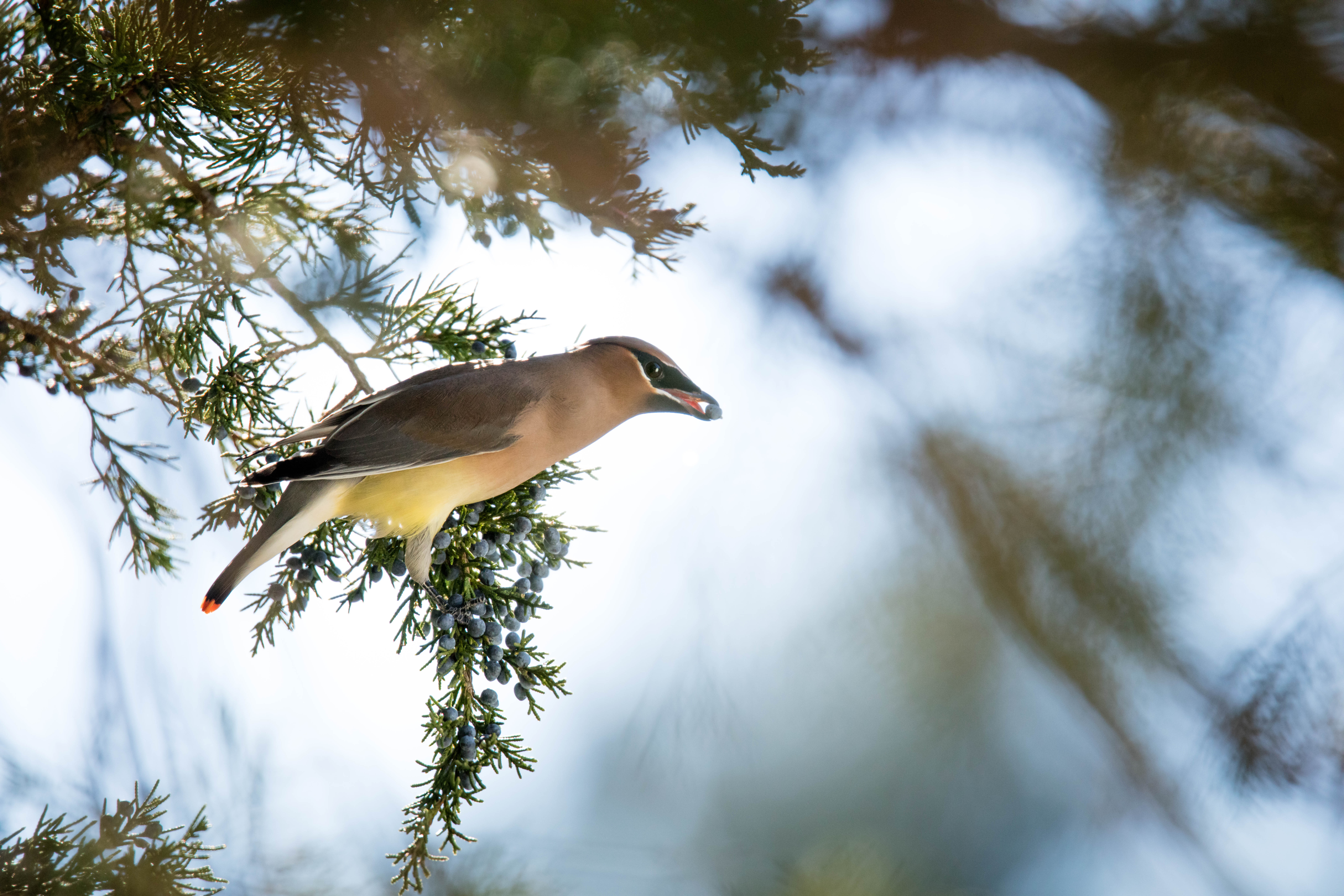THE LEAFLET

Butterflies (and a Bird) and their Host Trees
Birds and insects that carry pollen from plant to plant are called pollinators. Pollinators, both native (native bees, flies, wasps, hummingbirds, etc.) and non-native (honeybees) provide an essential service to our lives and ecosystems. Not only do they provide us with one-third of the food we eat through the reproduction of flowering plants and their seeds, but they also keep our flowering plants thriving in our natural world.
As modern landscapes change, however, pollinators fight to survive, and they need our help. Helping pollinators is easy. You’re probably envisioning colorful flowers bursting with blooms, but did you know trees are just as critical for pollinators and actually support an even greater diversity of butterflies and moths than herbaceous plants?
While some types of trees, like the oak, support hundreds of species of butterflies and moths there are a few trees that are the only host plant. Even more reason to plant them for free as you retree DC!

The hackberry tree is the only host plant for the hackberry emperor butterfly and is the food source for larvae. Photo courtesy Judy Gallagher.
A slew of butterflies are particularly attracted to the hackberry tree as a larval host for their offspring and can be seen securely attached to the trunk and branches. The hackberry tree is the only host plant for the aptly named “hackberry emperor” butterfly. They’re colored like the tree’s bark and depend on it as the food source for larvae. The hackberry also provides food and habitat for other butterflies, including the tawny emperor, mourning cloak, and American snout.

A cedar waxwing perched in a cedar tree. Photo Courtesy Shenandoah NPS.
It may not be a butterfly, but the cedar waxwing bird got its name from the Eastern Red Cedar. Cedar waxwings feast on the tree’s cones – and we do too! The cones, or juniper berries, are used as a flavoring for gin. The tree itself also serves as a larval host plant for a specific butterfly species (named for the tree’s species, juniperus), the juniper hairstreak butterfly.

A sweetbay silkmoth. Photo Copyright Alan Chin-Lee
The Sweetbay silkmoth is, unsurprisingly, named after its larval host, the sweetbay magnolia! Females lay eggs at dusk, in short rows on the magnolia’s plant leaves. They can be tricky to find though, as most sweetbay trees can keep their leaves throughout the year and searching for the cocoons among the foliated hosts takes effort.

This tuliptree silkmoth was photographed in nearby Montgomery County! Photo Courtesy Max Wilson.
Another type of silkmoth has a tree host it’s named for – the tuliptree silkmoth! In the same family as the Luna Moth, these smilkmoths are known for their striking looks and mammoth size. Their larvae are not as picky as the sweetbay silkmoth, though, and feed on the leaves of the tuliptree, sassafras or even the black cherry.

An eflin butterfly caterpillar a redbud leaf. Photo Courtesy Sara Bright.
And finally, Redbuds are typically beloved for their striking pop of early spring color or purple heart shaped leaves, but the woodland elfin butterfly is a fan for different reasons. Redbuds provide the preferred habitat for one group of the butterfly – the other group of woodland eflin butterflies prefer a different tree in our region – the holly.